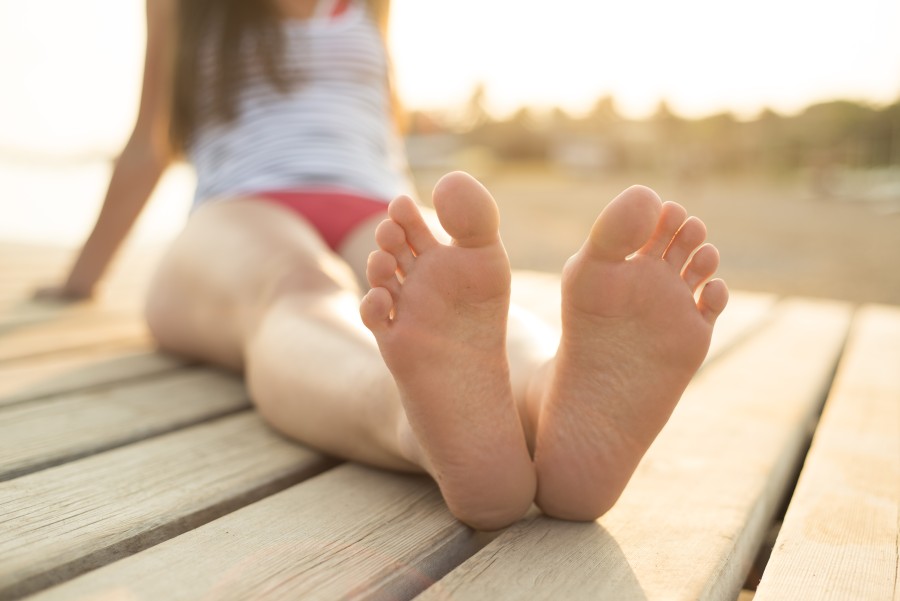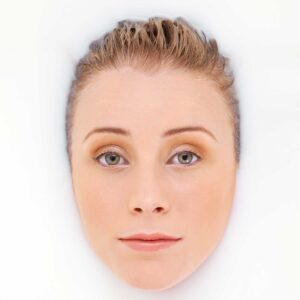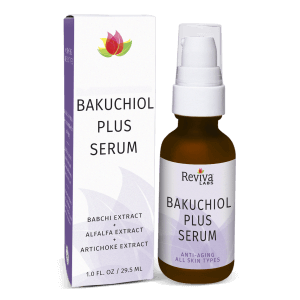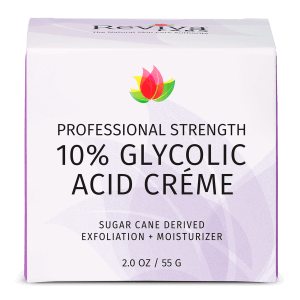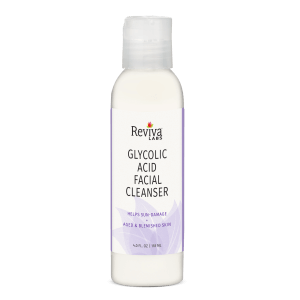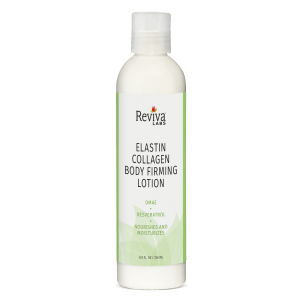Ingredients, Skin Care
Why Are People Putting Retinol on Their Feet – And Should You Consider Using Retinol on Your Feet?
When it comes to skincare, retinol has long been hailed as a powerhouse ingredient for its ability to reduce the appearance of fine lines, wrinkles, and acne. Traditionally, retinol has been primarily used on the face, but recent TikTok trends and discoveries have shown that it can work wonders on other parts of the body as well. In this article, we’ll explore the benefits of using retinol on your feet, how to incorporate it into your skincare routine, and provide some product recommendations. So, if you’re tired of dealing with dry, cracked feet, read on to discover why retinol may be the solution you’ve been looking for.
The Benefits of Using Retinol on Your Feet
Increased Cell Turnover for Smoother Skin
Retinol, a form of vitamin A, is known for its ability to increase cell turnover. This means that it encourages old, dead skin cells to shed faster, allowing new, fresh skin cells to come to the surface. When applied to the feet, retinol can help slough off dry, scaly skin, leaving behind a smoother and more supple texture. This is particularly beneficial for those who struggle with calluses or rough patches on their feet.
Softening and Hydrating Properties
In addition to its exfoliating benefits, retinol also has hydrating properties that can help soften the skin on your feet. By increasing collagen production, retinol can make your skin feel softer and bouncier. This can be especially beneficial for areas prone to dryness, such as the heels. So, if you’ve been dealing with flaky, rough feet, incorporating retinol into your skincare routine may be just what you need to achieve smoother, more moisturized skin.
Addressing Specific Skin Concerns
Retinol is a versatile ingredient that can address a range of skin concerns, and the feet are no exception. It can help reduce the appearance of keratosis pilaris, commonly known as “chicken skin,” which manifests as small bumps on the backs of the arms. Additionally, retinol can improve uneven skin tone and texture on the feet, leaving them looking more even and youthful. So, if you’re looking to tackle specific skin issues on your feet, retinol may be the solution you’ve been searching for.
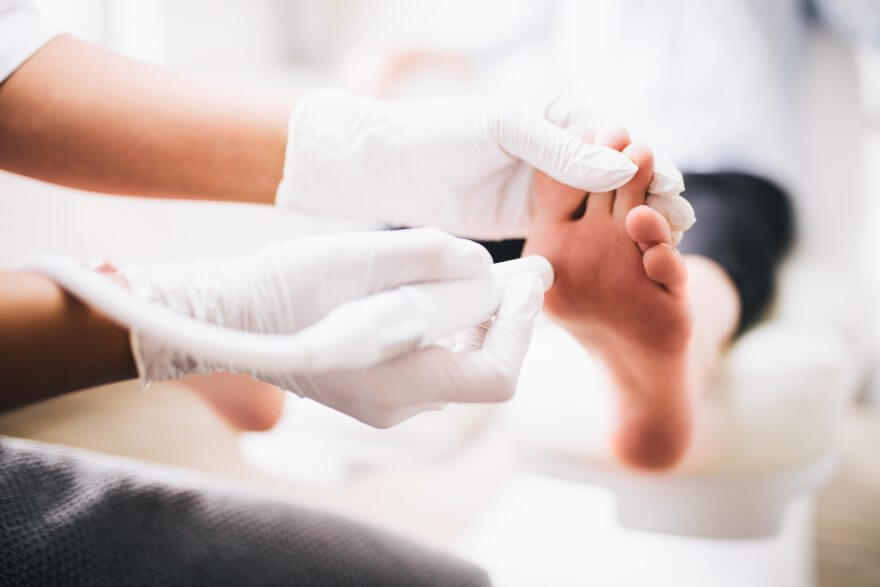
How to Incorporate Retinol into Your Footcare Routine
Step 1: Clean and Dry Your Feet
Before applying retinol to your feet, it’s essential to start with clean and dry skin. This ensures that the product can penetrate effectively and deliver its benefits.
Step 2: Apply a Pea-Sized Amount of Retinol
Next, take a pea-sized amount of retinol product, whether it’s a lotion or serum, and apply it to the soles of your feet and any other areas that need attention. Gently massage the product into your skin until it is fully absorbed.
Step 3: Moisturize and Protect
After applying retinol, it’s crucial to follow up with a moisturizer to seal in the benefits and provide additional hydration. Look for moisturizers that contain ingredients like ceramides, glycerin, or squalane, which can help restore the skin’s barrier and lock in moisture. Additionally, if you plan to wear open-toed shoes, make sure to apply sunscreen to protect your feet from harmful UV rays.
Step 4: Gradually Increase Frequency
When incorporating retinol into your footcare routine, it’s best to start slow and gradually increase the frequency of use. Begin by applying retinol twice a week and monitor how your skin reacts. If your skin tolerates it well, you can gradually increase to using it every other night, and eventually nightly. Remember, consistency is key when it comes to seeing results, so be patient and stick with your routine.
Step 5: Consider Pairing with Professional Treatments
For those looking for more intensive results, combining retinol with professional treatments can amplify its benefits. Procedures like laser treatments or micro needling can help improve the appearance of stretch marks or other skin concerns when used in conjunction with retinol. However, always consult with a dermatologist or skincare professional before undergoing any professional treatments.
Alternatives to Retinol for Footcare
While retinol is an excellent option for footcare, there are alternative ingredients that can also provide similar benefits. Glycolic acid, salicylic acid, and lactic acid are all types of exfoliants that can help shed excess dry skin from the surface of your feet. These ingredients work by gently breaking down the bonds between dead skin cells, allowing them to be easily sloughed off. Additionally, urea is another ingredient known for its moisturizing properties, making it a great option for those with dry or cracked feet.
When using any exfoliating ingredients, always remember to follow up with a moisturizer to replenish hydration and protect your skin’s barrier. Look for moisturizers that contain ingredients like glycerin, ceramides, and hyaluronic acid to ensure your feet stay moisturized and supple.
Product Recommendations
When choosing a retinol product for your feet, opt for formulations specifically designed for the body. While it is possible to use the same retinol product you use on your face, keep in mind that the concentration and strength may not be suitable for the thicker skin on the body.
Retinol for Your Tootsies
Incorporating retinol into your footcare routine can provide numerous benefits, including increased cell turnover, softer and more hydrated skin, and addressing specific skin concerns. By following a simple step-by-step process and gradually increasing the frequency of use, you can enjoy the transformative effects of retinol on your feet. Additionally, consider alternative exfoliating ingredients and moisturizers to complement your retinol routine. With the right products and consistent application, you’ll be on your way to achieving smoother, healthier feet. So, why not give retinol a try and step into a world of footcare rejuvenation?



